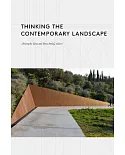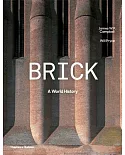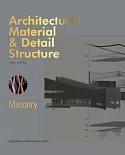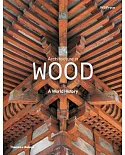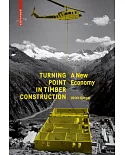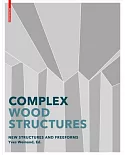This book provides a comprehensive account of how the modern expertise in building with concrete arose in Germany, during the first three quarters of the 19th century. Based on careful analyses of ancient documents and literature, it reconstructs an engaging history of master builders, engineers, architects, theoreticians, chemists and inventors, which developed against the backdrop of the general modernisation process of Germany. The account follows three parallel paths: firstly, the evolution of the cement-based conglomerates, from the early uses of pebbles and mortar mixtures in foundations to the arduous concrete hydraulic foundations; secondly, the evolution of the theory and practice of cement production; and finally takes into account experiments and attempts at producing moulded artificial stones and other objects, made of cement-based compounds.
The book represents an original literary contribution as this is the first time the early history of concrete in Germany has been investigated to such a an extent, also taking into account influences coming from neighbouring countries.


